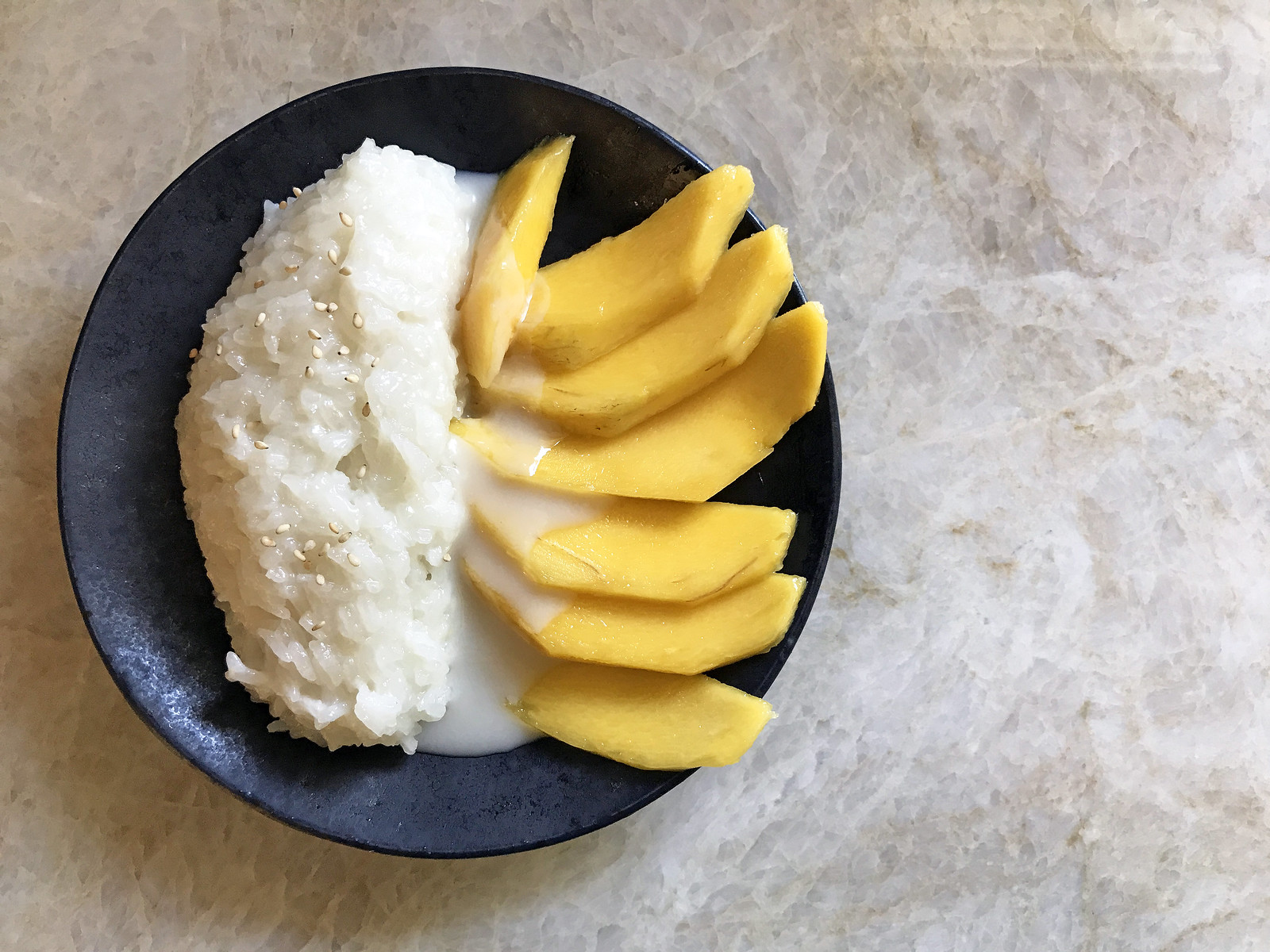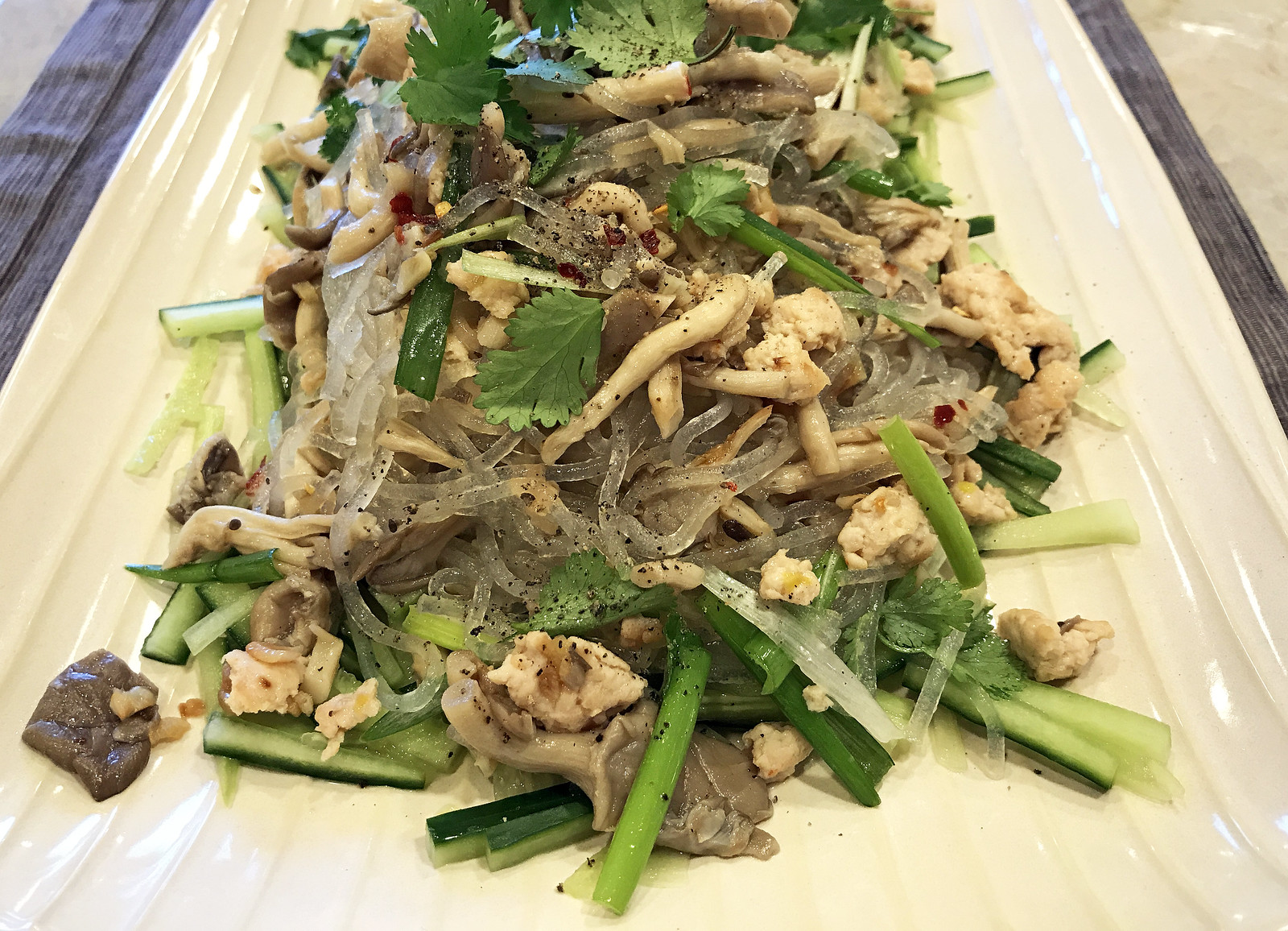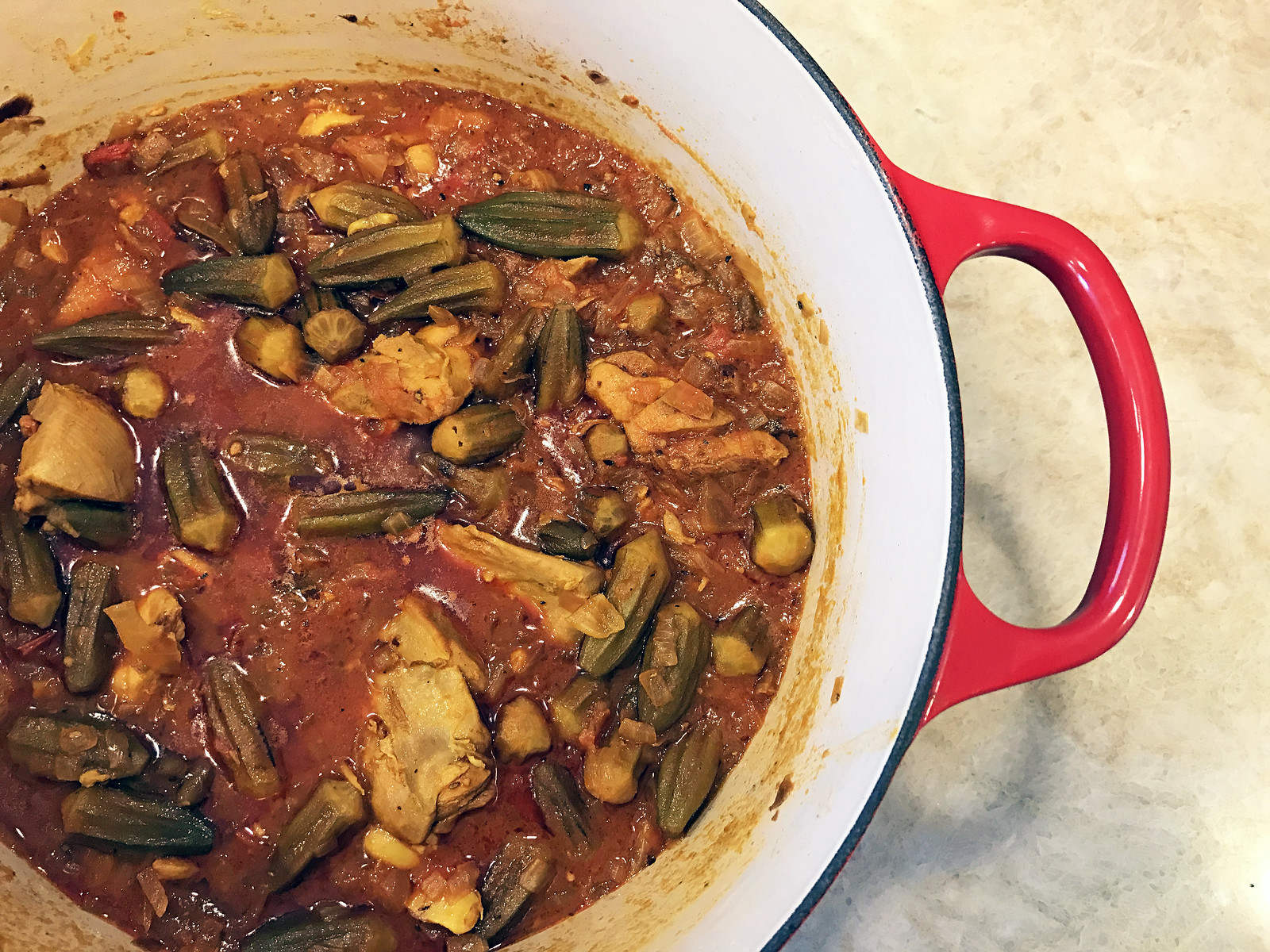It’s apple season in California and one can only eat (or juice) so many apples plain. What to do? Make dessert out of them, obvs. Here we have peanut butter, puff pastry, and of course, apples. How can you go wrong?
The whole thing comes together in just a few minutes, making this recipe easy enough even for a baking novice like me. It’s all the glory of the west coast’s seasonal produce wrapped up in a buttery, flaky, sweet-and-salty crust. (Sorry, juicer.)

1 sheet frozen puff pasty, thawed
Flour, for dusting
6 to 8 tablespoons peanut butter
1 pound apples (about 2 large), peeled, cored, sliced into ½-inch wedges (use any kind but a tart variety, like Granny Smith)
1/4 cup chopped salted, roasted peanuts
2 tablespoons butter, cut into pieces
Sugar, for sprinkling
1 egg
1. Preheat oven to 425F. Roll out puff pastry on a floured surface into a long rectangle. Cut in half crosswise (halves should be almost square). Transfer to a foil-lined rimmed baking sheet; prick puff pastry with a fork in several places. Using a small spatula, spread 3 to 4 tablespoons peanut butter in the center of each half to make a 5-inch round. Pile up apples in the center of each puff pastry and top with peanuts. Dot fruit with butter and sprinkle with sugar.
2. Beat egg and 1 teaspoon water in a small bowl, then brush pastry with egg wash and fold up edges around apples, leaving the center open. Press along the folded edges to lightly seal. Brush outside of pastry with egg wash and sprinkle with more sugar. Let chill in freezer 10 minutes.
3. Bake tarts until pastry is golden, 15–20 minutes. Reduce oven temperature to 350° and continue to bake until pastry is golden brown and apples are softened, 20–25 minutes.




